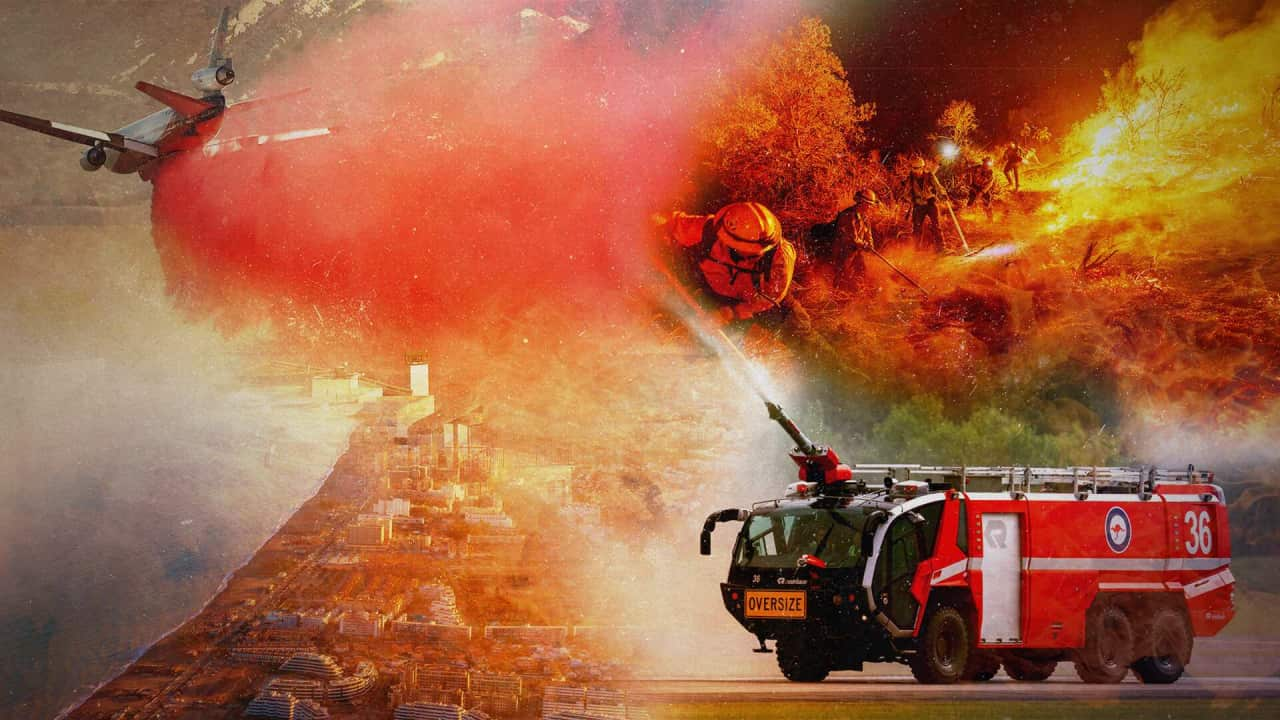Australia is forecast to face hotter-than-average summer days and nights, with an increased fire risk in parts of Western Australia, Victoria and NSW.
Bureau of Meteorology (BoM) climatologist Zhi-Weng Chua told SBS News: "We’re looking at the minimum [temperature] being likely above average for the most part."
In the upcoming months, Australians can expect below average rainfall likely in the north-west, some parts of the east and western half of the mainland.
For the remaining parts, including the east coast and most of the south-east, Chua said it’s not yet clear whether there will be much rainfall.
This lack of rain is concerning as the Australian and New Zealand National Council for fire and emergency services (AFAC) on Thursday released the bushfire outlook for this summer.
The seasonal bushfire outlook combines expert analysis of bushfire fuels, past rainfall, temperature, and climate outlooks prepared by the BoM.
It has found an increased risk of fire for parts of Victoria, western and southern WA and parts of central northern NSW.
"It is highly likely that a hotter and drier pattern will lead to a rapid switch in forest flammability, with significant bushfires a real possibility in January and February," the outlook said.
In a statement, AFAC noted that long term rainfall deficiencies persist over parts of southern South Australia, Victoria, Tasmania and western WA with abundant surface fuels evident in parts of WA and northern and central western NSW.
As summer progresses, vegetation under prolonged hot dry spells will not take long to dry, leading to the increased risk of bushfire, the AFAC outlook said.
This is particularly the case in Victoria, where current green grass growth is likely to return to a "highly flammable" state in January, despite spring rains.
AFAC CEO Rob Webb said: "Australia is a great place to be in summer but no matter where you live or travel this season, everyone can play an important role in bushfire safety by being prepared and staying alert to warnings and advice."
Chua also encourages those living in areas where there’s an increased chance of a bushfire to keep an eye out for warnings from local fire authorities, especially when conditions are hot, dry and windy.
Can we expect heatwaves and other extreme weather events this summer?
With heatwaves quite hard to predict so far out, Chua said that with how the season is shaping up, the strongest signal for unusually high maximum and minimum temperatures will be in the north and north-west of Australia.
"[These areas are] most likely to see those unusually warm conditions that would be conducive to heat waves. Other areas that are showing more or particularly increased chance of these unusually warm conditions are also parts of the south-east as well."
With current heatwave warnings in Queensland and parts of the NSW coast, Chua said if these conditions continue, more heatwave warnings can be expected over the summer season.
As for other extreme weather events, it can also be hard to make a prediction for the long term.
But Australia has already entered the higher-risk weather season since October, and that will last until April next year. This is when there is a heightened risk of bushfires, heatwaves, flooding and tropical cyclones.
When will we know the Christmas forecast?
As for temperatures on 25 December, we’ll have to wait a bit longer for the forecast.
"About one or two weeks out from Christmas day, people might start having some level of predictability for the weather," Chua said.
Share




